
Scrubbers: the “sensible option” for sulfur cap compliance
APRIL 18, 2018 — Finnish-based exhaust gas cleaning pioneer Langh Tech says that the likely prohibition of the carriage of high sulfur fuel oil on vessels will have a material and technical

APRIL 18, 2018 — Finnish-based exhaust gas cleaning pioneer Langh Tech says that the likely prohibition of the carriage of high sulfur fuel oil on vessels will have a material and technical
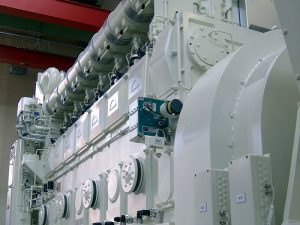
APRIL 17, 2018 — Eleven 23,000 TEU containerships ordered by Mediterranean Shipping Company (MSC) at two South Korean shipyards will each be equipped with a MAN B&W 11G95ME-C9.5 main engines. MAN Diesel
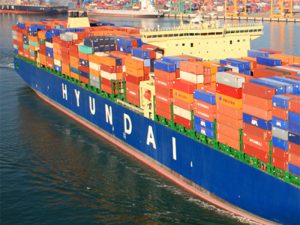
APRIL 10, 2018 — South Korea’s Hyundai Merchant Marine (HMM) says that, following announcement of the Korean government’s Five Year Plan for Rebuilding Korean Shipping, it is to order a series of
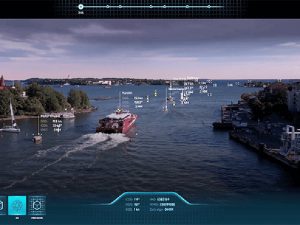
MARCH 6, 2018 — Rolls-Royce has unveiled a situational awareness system that uses multiple sensors and intelligent software to help navigators deal with the safety risks they face when operating vessels at
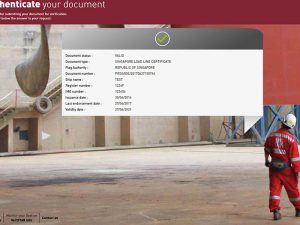
FEBRUARY 28, 2018 — Following successful pilot programs with ship owners and flag states, classification society Bureau Veritas is now issuing both classification and statutory e-certificates. Bureau Veritas can now issue digital
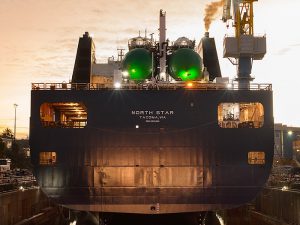
FEBRUARY 27, 2018 — TOTE Maritime Alaska has completed the first of four conversion periods that will see its two Orca class vessels equipped to use liquefied natural gas (LNG) as fuel.

FEBRUARY 20, 2018 — Shipping is being transformed by disruptive technology. Increasing automation and digitalization are turning the traditional shipping model on its head. In the age of big data and the

FEBRUARY 15, 2018 — With the global 0.5% sulfur cap fast approaching, owners that are committed to retrofitting exhaust gas cleaning systems (EGCS) on their ships need to keep in mind that
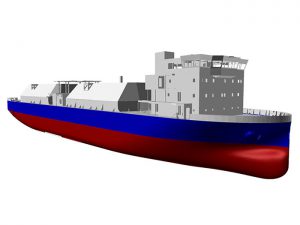
FEBRUARY 6, 2018 — Shipbuilder Hyundai Mipo Dockyard (HMD) is scheduled to deliver the world’s first ballast- free LNG bunkering vessel later this year. The 7,600 cu.m LNG-fueled vessel was ordered by
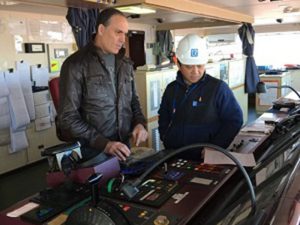
FEBRUARY 5, 2018 — Israel-based cyber security specialist Naval Dome has successfully completed pilot testing of its multi-layered cyber security system for classification society Lloyd’s Register (LR) aboard XT Shipping’s Zim Genova.